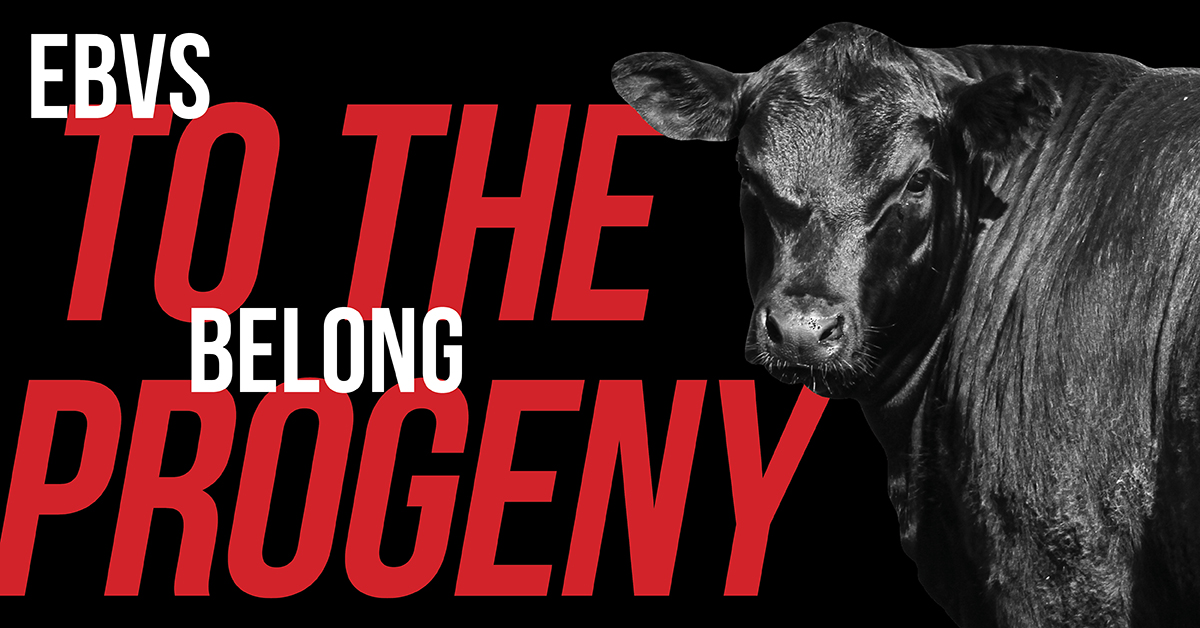Any discussion which tries to relate a bull’s EBVs to his own physical appearance or performance is fundamentally flawed. In essence, you are using the temperature gauge to tell how fast the car is going. This is because whilst EBVs are specific to a particular animal, what the EBVs are describing is the type of offspring the animal will produce.
EBVs describe the average of a parent’s progeny
A moderate birth weight EBV sire is bred to a moderate birth weight EBV cow, and a bull calf is born. This bull calf is born at a heavier weight than was expected.
The immediate response, many producers have, is that the EBV must be wrong, because the bull calf was the progeny of two parents with a moderate birth weight EBV. This is a common and incorrect interpretation.
The truth however is that progeny inherit a different mix of genes from each of their parents at each mating, and you will still get the bell curve of progeny performance.
In the example, while the sire and cow will on average produce progeny with a moderate birth weight, in this instance, the mix of genes inherited by the bull calf resulted in a heavier birth weight.
For this reason, the progeny of a sire and cow, such as ET calves from a particular flush, do not all have the same EBVs.
Learn more about understanding EBVs HERE.








